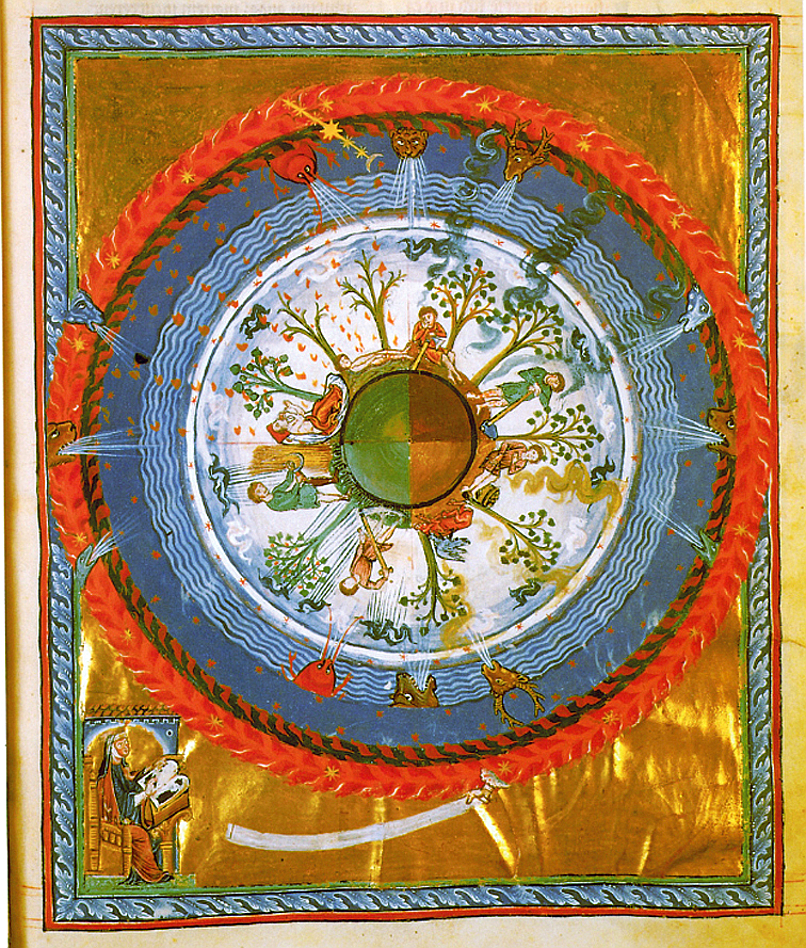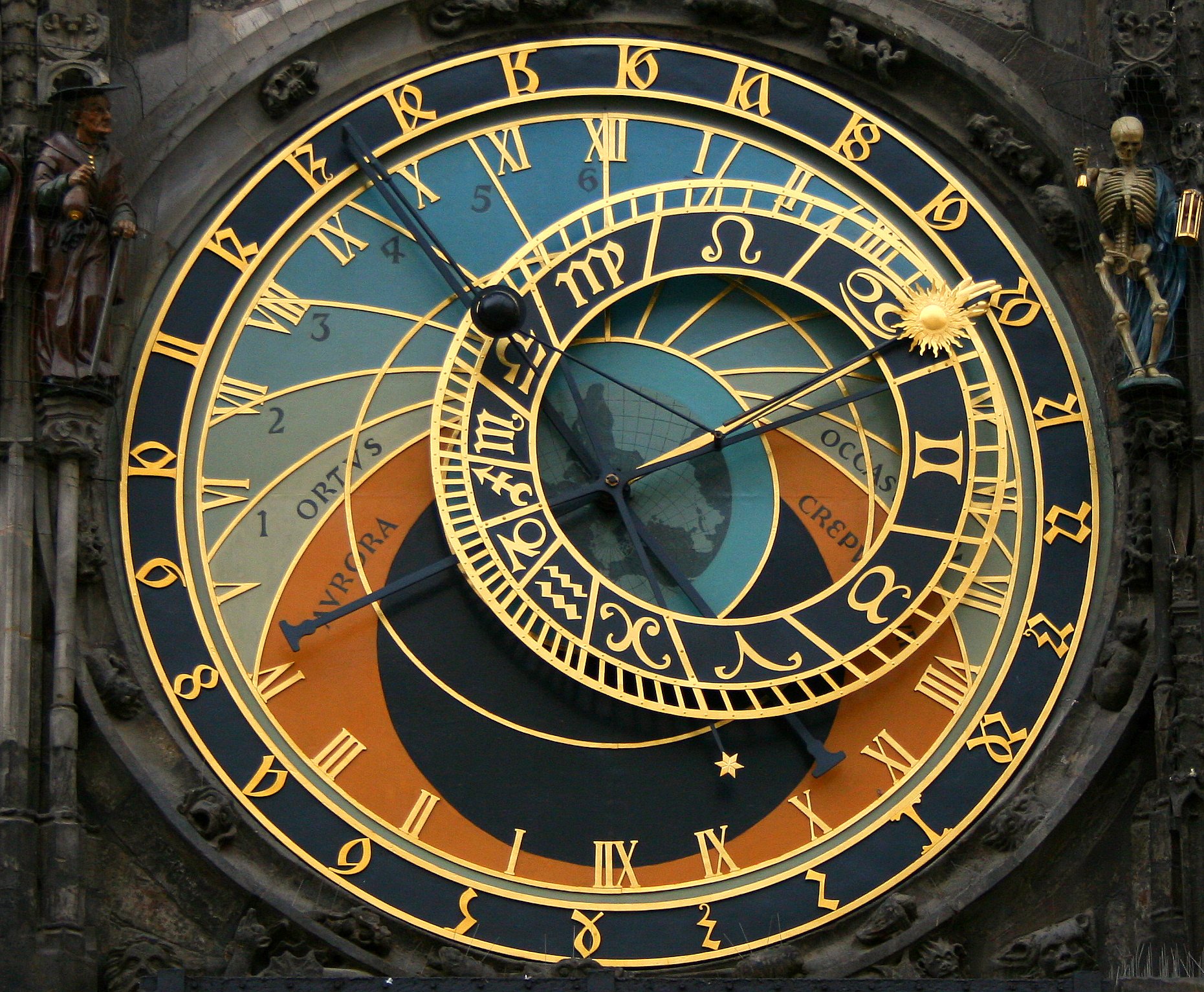There's only one God,
ma'am. And I'm pretty sure he doesn't dress like that.
~ Captain America, The
Avengers
I’ve always had a
faint distrust of superheroes that has gradually increased over the years. In
today’s era of increasingly better computer rendering, pretty much nothing is
impossible. People fly through the air, buildings blow up, cities are levelled.
Superheroes seem
to be in the business of regularly saving the world. Most of them grow up
kissed by the gods and discover at some point that they have superhuman
qualities; the rest are transformed into superheroes by doctors who dabble in
science fiction.
 |
| Superman (In case you couldn't guess) |
Superheroes are
too easy. Cities face destruction as evil villains rise up over cowering and
innocent civilians. The superhero arrives just in time to save the world. Every
time.
The thing most
superhero stories and books overlook is that villains are created by the
innocent people. Every arch enemy in history (Hitler, Stalin, Mussolini, Mau,
Napoleon...etc…) would have been powerless without the support of his people.
The people created their own destruction. Yes, they were deceived, but they
still facilitated it even when all the sign posts pointed to their folly, and
afterwards, they wanted the superhero to bail them out with as little
inconvenience to them as possible. It’s human nature, after all.
 |
| A tiny wayside flower...the Scarlet Pimpernel |
Because of this
quality of mankind, superheroes go way back. We’re all familiar with the greats
like Superman, Batman, Spiderman and the rest, but few know the origin of these
super people. One of the first to grace us with his presence was the Scarlet
Pimpernel, an English chapo who played dumb in public, but, in his spare time,
saved innocents from under the blade of the Guillotine during the French
Revolution. Baroness Orczy, his creator, started writing after she thought she
could do better than the authors of the dime novels popular in the late 1800s.
 |
| My favorite Zorro- Guy Williams |
Sir Percy, The Scarlet Pimpernel, touched off a
snowball of heroism. Real people, inspired by his fictional heroism, braved death to save lives. Pimpernel Smith was
a modern day (as of 1941) adaption of the Scarlet Pimpernel, that inspired Swedish
diplomat, Raoul Wallenberg, to do some rescuing. He’s credited with saving more
than 15,000 Jews. And he wasn’t the only one stimulated by Baroness Orcsy’s
superhero.
The Scarlet Pimpernel also inspired
another story about a “hero with a secret identity”. Zorro, the fox, was the
first Dark Knight. Dressed completely in black and wearing a mask, Don Diego De
La Vaga, rode out into the night to save people from the evil Spanish in 19th
century California.
 |
| Errol Flynn |
But we can go back
a lot further than The Scarlet Pimpernel
and The Curse of Capistrano to find
the origin of the superhero. In fact, Achilles, the greatest Greek during the
Trojan War, has all the accruements of a modern day superhero. He has
superhuman strength, practical immortality, special armour, skills, and a
custom made superhero chariot with two super horses. He even has an Achilles’
heel (no pun intended), like many superheroes. The only thing he lacks is the
perceived goodness of today’s superheroes.
That’s the thing
with superheroes. They aren’t real heroes. Many attempts now-a-days have been
made to humanize them, but they all seem to be born with more than their fair
share of bravery. They’re a bit like Scotland Yard detectives, Navy Seals and
Errol Flynn, all rolled into the same package. Real heroes don’t have
superhuman strength, good looks or unusual bravery. They’re people, just like
you and me. They weren’t born to be great, they made it there on their own, and
if you asked them about it, there’s a good chance they’d say they weren’t
anything special.
 |
| Cincinnatus reporting for duty |
Cincinnatus is a
hero Rose and I are particularly fond of. To put it in a nutshell, he was
working on his farm one day when an invasion happened. Cincinnatus dropped
everything to save Rome, and later agreed to become dictator, but he resigned
the office as soon as everything had been ironed out. Duration of his
dictatorship? Two weeks.
Cincinnatus cannot
be mentioned without a nod to George Washington, the United States’ own
personal hero. George was a farmer at heart, but he left Mont Vernon behind to
take command of the army. After he trounced the British, he presided over the
drafting of the Constitution, then took the reins for two terms as president. This
was all fine and dandy, but his true heroism (in my humble opinion) is not what he did, but what he didn’t do. The states eagerly offered to make him King George, but he flatly declined. We came that
close to having a dynasty of Washingtons in the White House.
 |
| Couldn't tell a lie...but he could chop down the cherry tree |
In the end,
heroes, real heroes, are often
overlooked and forgotten, mostly because they made light of what they did. They
rarely are reworded and often aren’t lauded in their lifetimes (and sometimes
are forgotten afterwards). They didn’t come with powers any greater than yours
or mine…in fact often times the powers they did come with (tempers, strength…)
had to be curbed before they could do anything useful.
The truth is, a
superhero isn’t going to come sweeping in to fix your bumbled mess for you.
Probably if you saw a weirdo wearing red, yellow and blue (with his underwear
on the outside), you’d most likely call the police. I know I would.
Superheroes are
super, but they ain’t heroes. Heroism is about giving up everything, not gaining powers. Heroism is about humility, not
fancy suits. Heroism is about being completely terrified, but doing it anyway.
Two thousand years ago, my superhero gave up everything, was whipped, tortured and finally left to die, nailed
by his hands and feet to a wooden beam.
I don’t think even
Superman could have done that.
~Psyche
~Psyche









